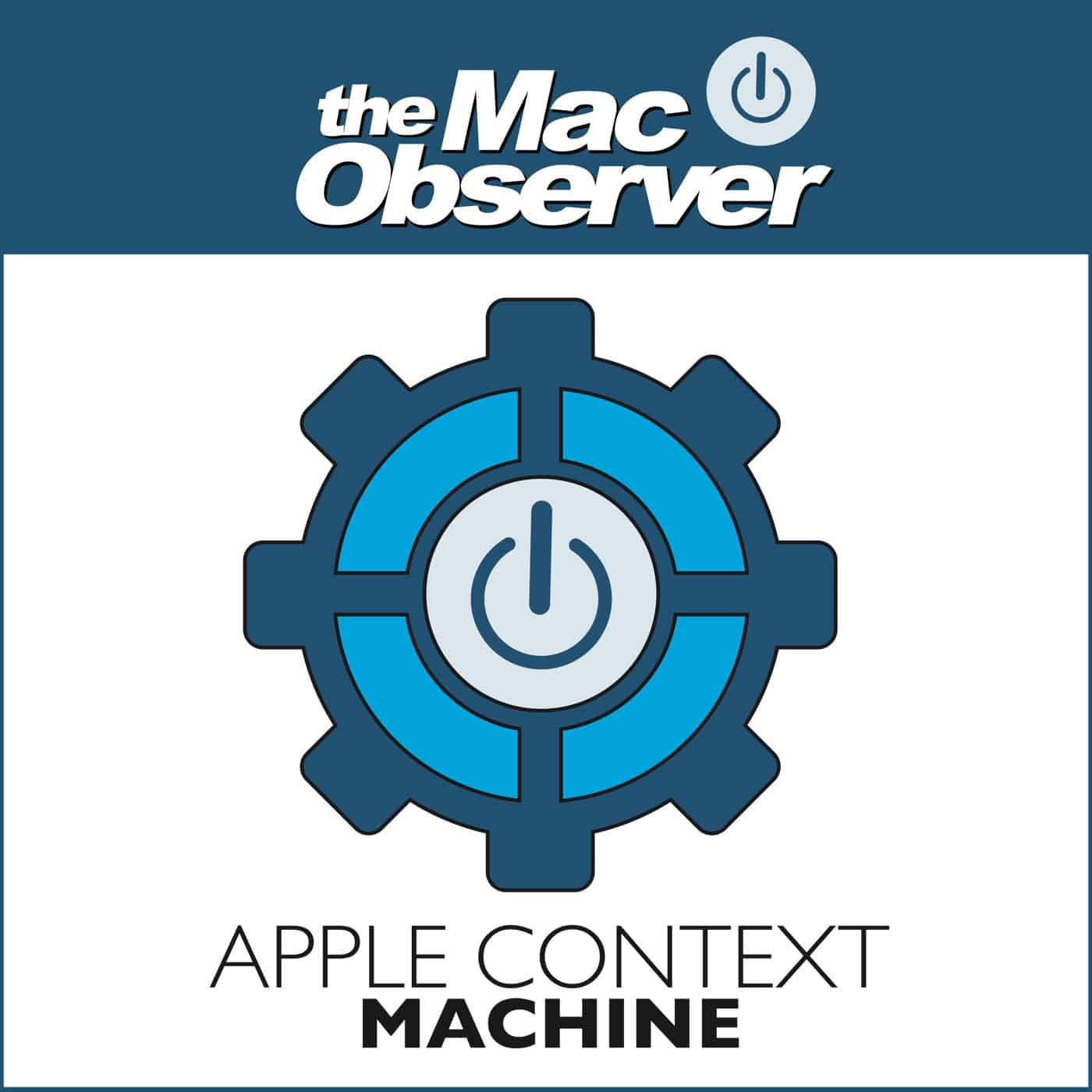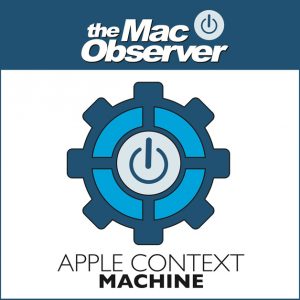macOS on ARM and WWDC, HomePod Hopes with Jeff Gamet – ACM 532
Sponsors
Visit macpaw.com/podcast to download CleanMyMac X today and use coupon code ACM2020 to receive 5% off. Upon visiting macpaw.com/podcast, click the “buy now” button, then scroll to the bottom of your screen to enter the code before completing your purchase.
Show Notes

Sources referenced in this episode:
-
- Apple Context Machine Facebook Group - Facebook
- Bryan's Twitter
- Bryan's blog: GeekTells

Bryan and Jeff:
Great to hear the Dynamic Duo back in vintage form – TOP MEN.
That said, let yours truly take aim at the notion of the ‘toaster fridge’. This disparagement was coined at a time when Apple were as yet publicly uncommitted to a specific direction or vision of the iPad. Remember, when the iPad was launched, Apple expressed interest in how we would use the device to unleash our creativity and productivity. However, what was modelled on stage when SJ debuted it was, as it had ever been with tablets throughout the sci-fi universe, primarily content consumption. In short, Apple gave us, if you’ll pardon the term, a blank slate. They had no idea where the user base would take this device, but they did what all good investigators do; they collected data on client use.
MS took a radically different approach from the outset with the Surface product line, and decided, a priori, that what the world needed now was not love, sweet love, but Windows in a tablet, not only just for some, but for everyone, as part of their Windows Everywhere business model. Think, grafting dragonfly wings onto a bird; yes the bird has wings, but that bird had better have legs if it’s going to get around.
The only way that this melange of command-line legacy OS and touchscreen interface was really going to run Windows was with a keyboard. The touchscreen capabilities would remain limited, when not kludgy. This device did permit MS to lay claim to a Windows tablet, but the real world use case was that of an ultra portable PC laptop running Windows and Office. MS would go on to tacitly acknowledge as much when they began running adds pitting the Surface Pro against the Mac, specifically the MacBook Air; always showing people touching the screen and then reminding the viewer that you could not do that on a Mac, wholly ignoring the iPad. The Surface was never an iPad response, let alone an iPad killer. In the estimation of several reviews, at least in its early iterations, the Surface product line did not do either of these tasks, running productivity apps in Windows or using the touchscreen, very well. The former would change with the Surface Pro, whilst the latter would remain relatively limited.
Tim Cook rightly took aim at this early iteration ‘toaster fridge’ which was neither fish nor fowl, but some hobbled chimeric jackanapse. That beast was never Apple’s vision, and it can be argued, is not now. The data that Apple received on consumer use influenced what to do next with enhancing iPad productivity. They found that people were purchasing keyboards. As Jeff can attest, third parties were making styli (styluses). In other words, it was the user base that was pushing the device in the direction of creativity and productivity with input devices beyond the touchscreen, not Apple. And why? Because this optimised specific productivity applications. Led from the grass roots, Apple then responded with the keyboard folio, and the Apple Pencil, and later, a differentiated iOS cum iPadOS.
This was not an incongruous harvesting of body parts from disparate devices, stitched into an unnatural freak that did no job as well as any of the dedicated devices from which it had been sewn (Dr Frankenstein would have loved the Surface Pro); nor a splicing together of code from species that nature never intended to mate (Dr Moreau would definitely have had a Surface on his island), nor even some identity-challenged halfling (Frodo at Mordor – Gollum would have had a Surface if he couldn’t have his ‘Precious’), or a prematurely released lab experiment in search of a technological niche (had they been around, Seth Brundle would definitely have designed his telepod on a Surface), worthy of the designation, ‘toaster fridge’. This was the organic evolution of an idea.
That the iPad is a modern 21st Century computer, built from the ground up on leading edge software and hardware design and technologies, that supports best in class content consumption and platform agnostic communication, and multi-modal device input for productivity whilst preserving its essential touchscreen interface, should not allow it to be confused with any other device that shares one or several of those features, but is incapable of replicating that same user experience en toto.
The iPad is what it always was; a thoughtfully conceived and intentional work in progress that, as it matures, pushes the boundaries of, shapes and redefines modern computing and an optimum user experience. Who knows where it will go next, but it appears to only be getting started.
Cheers.